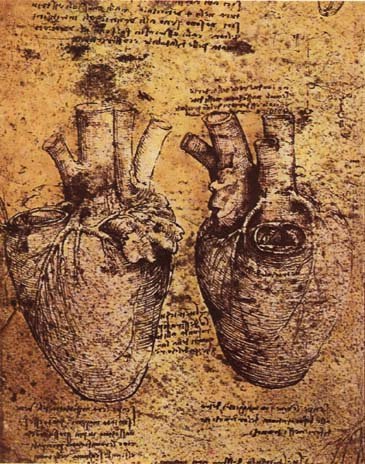
Drawings from Leonardo's anatomical notebooks
7 Comentários
Faça login para comentar e recomendar este post a outros usuários da rede.

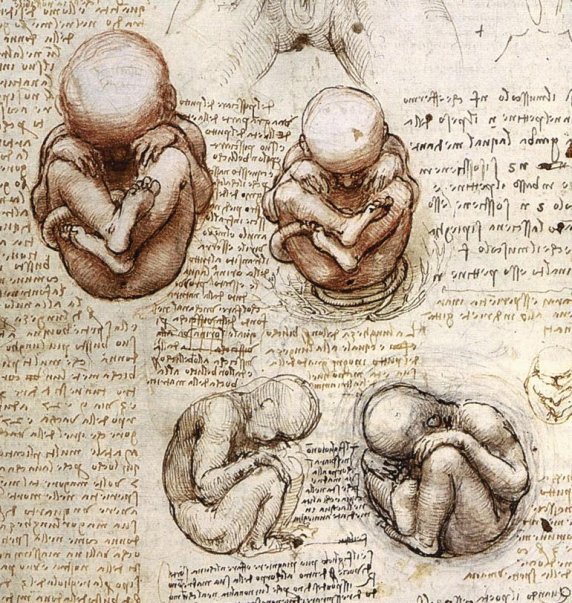

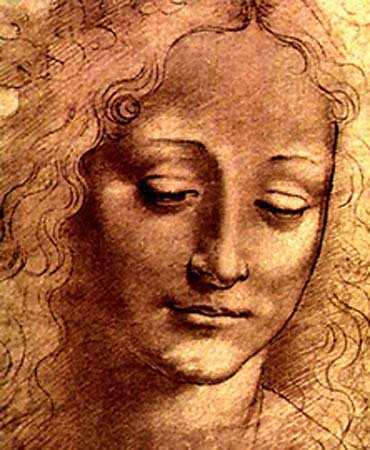

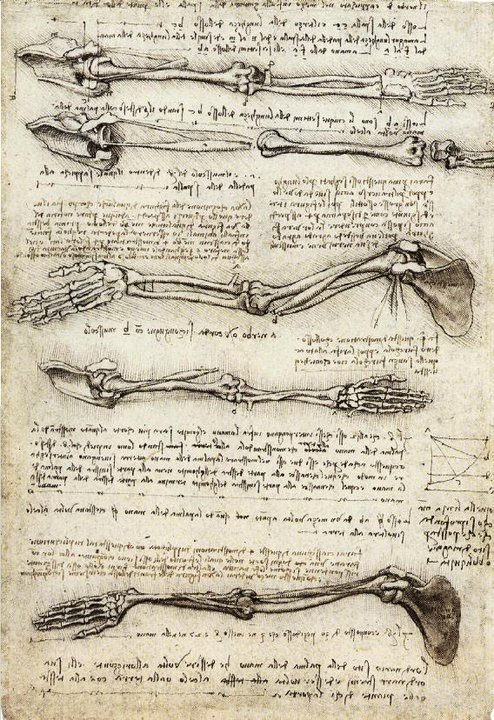

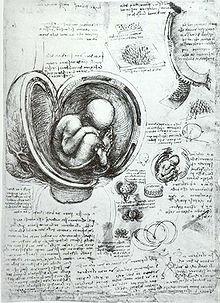

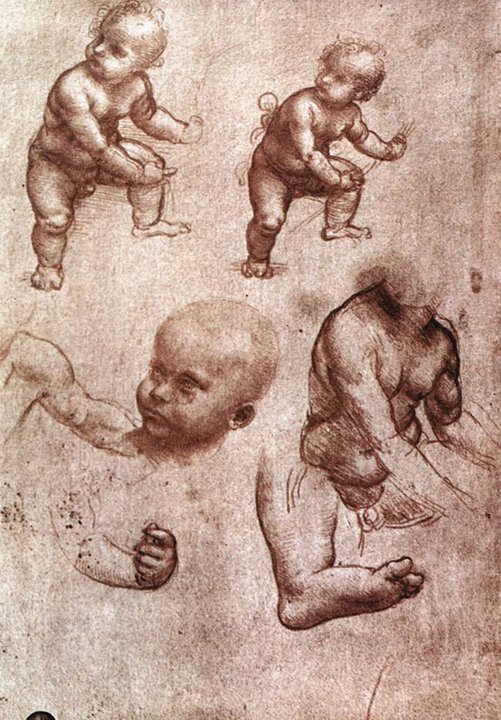

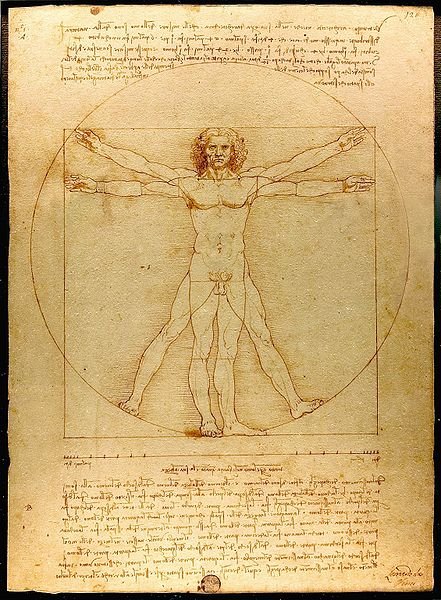
The Vitruvian Man is a world-renowned drawing created by Leonardo da Vinci around the year 1487.[1] It is accompanied by notes based on the work of the famed architect, Vitruvius Pollio. The drawing, which is in pen and ink on paper, depicts a male figure in two superimposed positions with his arms and legs apart and simultaneously inscribed in a circle and square. The drawing and text are sometimes called the Canon of Proportions or, less often, Proportions of Man. It is stored in the Gallerie dell'Accademia in Venice, Italy, and, like most works on paper, is displayed only occasionally.[2][3]
The drawing is based on the correlations of ideal human proportions with geometry described by the ancient Roman architect Vitruvius in Book III of his treatise De Architectura. Vitruvius described the human figure as being the principal source of proportion among the Classical orders of architecture. Other artists had attempted to depict the concept, with less success. The drawing is traditionally named in honour of the architect.











Por Maria Luiza Carrilho Sardenberg